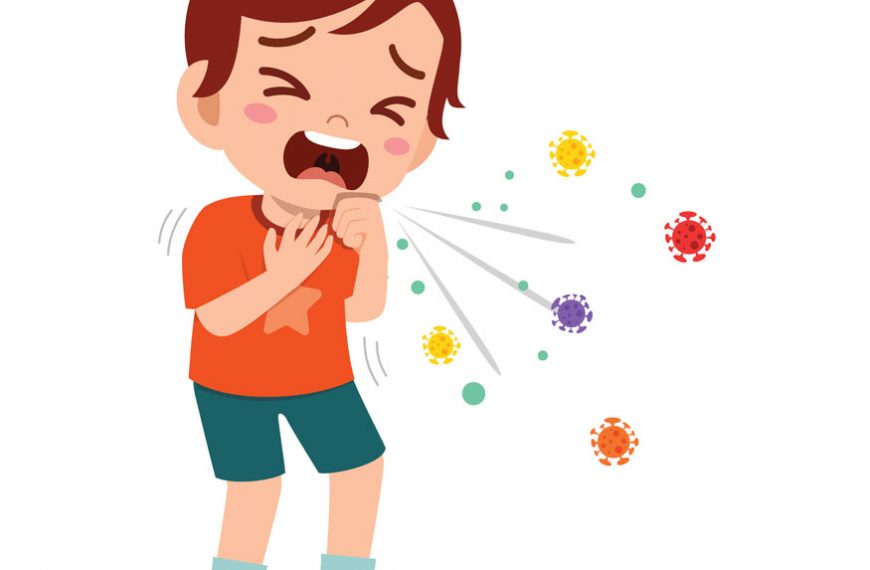Allergies in Toddlers: Detection, Symptoms & Treatment
As our little bundles of joy embark on their explorative journeys, encountering new experiences and environments, their vulnerability to the world of allergens becomes an increasing concern. Allergies in toddlers are a swirling storm that can strike at any time, leaving both child and parent drenched in discomfort. Grasping the fundamentals of these allergies, understanding their symptoms, and seeking the correct treatment can arm you with the necessary shields to protect your child. So, are you ready to weather the storm? Dive into the sea of allergy-related complexities with us.
A Whirlwind Introduction to Allergies in Infants and Toddlers
Before you can protect, you must first detect. What are allergies? Allergies manifest when our immune system overreacts to a typically harmless substance known as an allergen. For our tiny tots, these allergens can be a plethora of things, from foods like peanuts and dairy to environmental factors such as pollen or pet dander.
Interestingly, not all children are created equal in the realm of allergies. Some may breeze through the blossoms of spring without a sniffle, while others may feel the full burstiness of seasonal allergies. It’s this unpredictable nature of allergies that make them all the more intriguing and, dare we say, perplexing.
Recognising the Signs: Allergy Symptoms in Toddlers
Allergies can be stealthy and manifest in a myriad of forms. Recognizing the symptoms early is like catching a gust of wind in your sails — it propels you towards solutions.
Rashes and Eczema: Watch out for patches of red, dry, and itchy skin. This is the body’s tumultuous dance in response to allergens.
Runny or Stuffy Nose: Often dismissed as a common cold, this symptom, especially when paired with sneezing, can be an early sign of allergies in your child.
Watery, Red Eyes: If your toddler looks like they’ve just watched a particularly emotional film (even though they’ve just been playing with blocks), allergies could be the culprit.
Digestive Issues: Vomiting, diarrhoea, or abdominal pain post mealtime can hint towards a food allergy.
Breathing Difficulties: Wheezing, coughing, or even a shortness of breath, though more rare, can point to allergies and need immediate attention.
How to Treat Allergies in Toddlers
When your toddler’s laughter is replaced with sniffles, and their energetic jumps are halted by hives, the world seems to whirl with concern. Treating allergies in toddlers is akin to navigating a complex maze. With paths as unpredictable and intricate as a gusty whirlwind on a summer day, finding a way to calm the tempest within their tiny bodies becomes paramount.
Avoidance is Key: Prevention, they say, is better than cure. In the context of allergies, this phrase rings exceptionally true. The first line of defence against allergies is avoiding the allergen altogether. This requires a proactive approach:
Educate Yourself: Dive deep into the realm of common allergens that children encounter. This list ranges from certain foods, pollen, pet dander, to even household items like dust mites.
Environment Control: Make your home a safe haven. Using allergen-proof bed covers, ensuring regular cleaning, and investing in air purifiers can be effective.
Dietary Precautions: Be vigilant about introducing new foods one at a time, allowing you to spot any potential allergens.
Antihistamines: A common frontline treatment, antihistamines can mitigate many allergy symptoms, from runny noses to itchy eyes. They work by blocking the chemical – histamine – that the body releases during an allergic reaction. However:
Safety First: Before reaching for that bottle, always consult with a paediatrician. Dosage and suitability for young children can vary, and what works for one child might not for another.
Be Aware of Side Effects: Drowsiness is a common side effect of some antihistamines, so it’s crucial to monitor your child’s reactions.
Nasal Corticosteroids: Seasonal allergies can manifest fiercely in some children, leading to persistent nasal symptoms. Here’s where nasal corticosteroids enter the picture.
Mode of Action: These prescription sprays reduce inflammation in the nose, offering relief from congestion, runny nose, and sneezing.
Regular Use: For best results, they often need to be used consistently, even if symptoms are under control, especially during peak allergy seasons.
Immunotherapy: Think of this as a marathon, not a sprint. For those seeking a long-term solution, immunotherapy might be the answer.
Allergy Shots: Regular injections of the allergen, starting with a tiny amount and gradually increasing over time, aim to make the child less reactive to it.
Sublingual Tablets: Some allergens can be introduced to the body via tablets that dissolve under the tongue. This method is a newer form of immunotherapy and can be more palatable for children.
Commitment: This isn’t a quick fix. Immunotherapy demands patience and regularity, often spanning several months to years.
Tackling allergies in toddlers is a journey, demanding patience, understanding, and often, a bit of trial and error. With the right guidance and knowledge, though, the storm can indeed be calmed, restoring sunshine to your child’s days.
Navigating the Seasons: Seasonal Allergies in Toddlers Treatment
Every season holds its own unique charm, yet, with that charm comes an assortment of allergens that leave no stone unturned in displaying their perplexing effects on toddlers.
Spring: Pollen from trees like oak, pine, and birch is abundant. Keeping windows closed and using air filters can mitigate the allergen influx.
Summer: Grass pollens from Bermuda, Timothy, and Kentucky bluegrass are the culprits. Opt for indoor play during peak pollen times.
Fall: The notorious ragweed pollen emerges. Plus, mould spores increase in number. Again, shield your toddler by limiting their exposure.
Winter: Though pollen isn’t an issue, indoor allergens like pet dander and mould take the spotlight. Regular cleaning and ensuring proper ventilation can act as a protective barrier.
Allergies in Infants and Toddlers
Let’s not forget about our youngest ones. Allergies in infants are even trickier, considering their limited communication abilities. Be on the lookout for skin rashes, digestive issues, or any unusual changes in behaviour after exposure to potential allergens.
Allergies, with their perplexing and bursty nature, can seem daunting. But think of little Emma, who, despite her pollen allergy, dreams of dancing amidst the flowers. With the right precautions, she twirls in gardens every spring, a testament to what knowledge and care can achieve. Armed with the right knowledge, tools, and a splash of vigilance, you too can effectively shield your toddler from the tempestuous winds of allergies. Remember, it’s all about early detection, proper protection, and a touch of affection. Stay informed, stay vigilant, and above all, trust your instincts. Your little one’s health and comfort are well worth the effort.
Want to ensure your child is in an environment that’s not just about learning, but also about overall well-being? Check out Eurokids. With our commitment to health and safety, you’re not just choosing an educational institution but a partner in your child’s holistic growth. Check out our website to know more about us.















